Ensuring the safety and reliability of heavy-duty trucks is paramount in the transportation industry. At CarMax Vehicle, we understand the critical role that brake systems play in the performance and safety of 18-wheelers. This comprehensive guide delves into the intricacies of 18-wheeler brake systems, exploring their components, types, maintenance practices, and the latest advancements that keep our roads safe.
Understanding the Basics of 18 Wheeler Brake Systems
What is an 18 Wheeler Brake System?
An 18-wheeler brake system is a sophisticated arrangement of components designed to slow down and stop a heavy-duty tractor-trailer. Unlike passenger vehicles, these massive trucks require robust braking mechanisms to handle substantial loads and maintain control under varying driving conditions.

Key Components of an 18 Wheeler Brake System
- Brake Pedal: The driver-operated control that initiates the braking process.
- Brake Chambers: Convert the mechanical force from the brake pedal into hydraulic pressure.
- Air Compressor: Supplies compressed air to the brake system.
- Air Reservoirs: Store compressed air for immediate brake application.
- Brake Lines: Transfer compressed air from the reservoirs to the brake chambers.
- Brake Shoes and Drums or Disc Brakes: Create friction to slow down the wheels.
- Slack Adjusters: Maintain the proper distance between brake components, ensuring optimal performance.
- Sensors and Controllers: Monitor and regulate brake system functionality.
Types of 18 Wheeler Brake Systems
Air Brake Systems
Air brake systems are the most prevalent in heavy-duty trucks due to their reliability and efficiency. These systems utilize compressed air to apply braking force to the wheels.
Advantages:
- Durability: Can handle the high demands of heavy loads.
- Consistency: Provides steady braking performance.
- Fail-Safe: Loss of air pressure engages the brakes automatically.
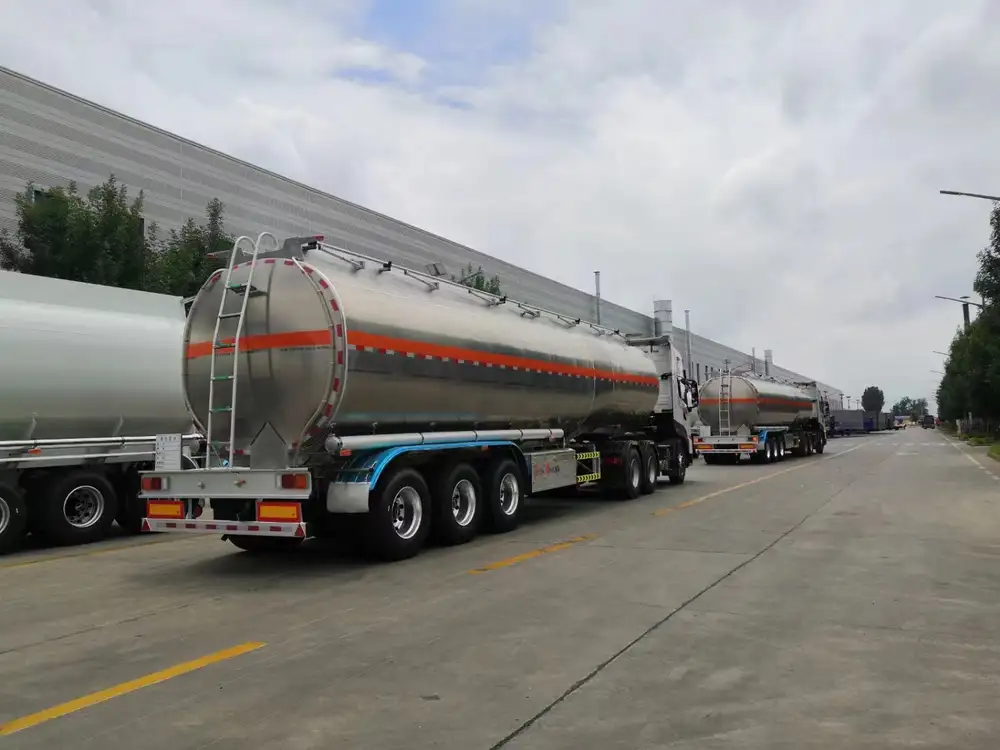
Hydraulic Brake Systems
Though less common in 18-wheelers, hydraulic brakes are used in certain applications. They use hydraulic fluid to transfer force from the brake pedal to the brake components.
Advantages:
- Quick Response: Faster reaction time compared to air brakes.
- Precision: Allows for more precise braking control.
Electric Brake Systems
Electric brake systems are emerging as advanced solutions, offering improved diagnostics and control.
Advantages:
- Enhanced Monitoring: Integration with electronic control units (ECUs) for real-time monitoring.
- Reduced Maintenance: Fewer mechanical parts lead to lower maintenance requirements.
- Energy Efficiency: More efficient use of power.
Detailed Breakdown of Air Brake Systems

How Air Brake Systems Work
Air brake systems operate on the principle of using compressed air to create the force necessary to apply and release brakes. Here’s a step-by-step overview:
- Brake Pedal Activation: When the driver presses the brake pedal, it compresses air in the brake chamber.
- Pressure Transmission: The compressed air travels through brake lines to each wheel’s brake mechanism.
- Brake Application: Air pressure forces the brake shoes or pads against the drums or rotors, creating friction that slows the vehicle.
- Brake Release: When the brake pedal is released, the air pressure decreases, allowing the brake shoes or pads to retract.
Components of Air Brake Systems
| Component | Function |
|---|---|
| Brake Pedal | Initiates the braking process by compressing air in the brake chamber. |
| Brake Chambers | Convert pedal force into air pressure to apply brake shoes or pads. |
| Air Compressor | Generates and maintains the necessary air pressure in the system. |
| Air Reservoirs | Store compressed air for immediate use during braking. |
| Brake Lines | Deliver compressed air from reservoirs to each wheel’s brake mechanism. |
| Brake Shoes/Drums | Create friction against the drum to slow the wheel. |
| Slack Adjusters | Maintain appropriate spacing and adjust brake application as needed. |
| Sensors and Controllers | Monitor air pressure and system integrity, ensuring optimal performance. |
Maintenance Tips for 18 Wheeler Brake Systems
Regular maintenance is crucial to ensure the longevity and reliability of brake systems. Here are essential maintenance practices:

Routine Inspections
- Visual Checks: Inspect brake lines for leaks, cracks, or wear.
- Brake Shoe/Pad Inspection: Examine for wear and replace if necessary.
- Air Compressor Maintenance: Ensure the compressor is functioning correctly and free from obstructions.
- Reservoir Checks: Verify that air reservoirs are clean and free from moisture buildup.
Preventative Maintenance
- Lubrication: Regularly lubricate moving parts to prevent rust and ensure smooth operation.
- Adjustment of Slack Adjusters: Keep slack adjusters properly adjusted to maintain optimal brake performance.
- Cleaning: Keep all components clean to prevent dirt and debris from affecting brake functionality.
Performance Testing
- Brake Performance Tests: Conduct tests to ensure brakes respond promptly and effectively.
- Air Pressure Tests: Verify that the air pressure levels are within the specified range.

Advancements in 18 Wheeler Brake Technology
Electronic Braking Systems (EBS)
EBS integrates electronic controls with traditional air brake systems, offering enhanced performance and diagnostics.
Benefits:
- Improved Safety: Enhanced control and quick response times.
- Diagnostics: Real-time monitoring for proactive maintenance.
- Efficiency: Optimizes braking force distribution across all wheels.
Anti-lock Braking Systems (ABS)
ABS prevents wheel lock-up during braking, maintaining traction and steering control.
Advantages:
- Enhanced Control: Allows drivers to steer while braking.
- Reduced Skidding: Minimizes the risk of accidents due to loss of control.

Automated Braking Systems
These systems use sensors and algorithms to automatically apply the brakes in emergency situations.
Benefits:
- Increased Safety: Reduces the likelihood of collisions.
- Driver Assistance: Alleviates the burden on drivers during critical moments.
Choosing the Right Brake System for Your 18 Wheeler
Selecting the appropriate brake system depends on several factors, including vehicle type, load capacity, and operational demands. At CarMax Trailer, we offer tailored solutions to meet diverse needs.
Factors to Consider
- Vehicle Weight: Heavier loads require more robust braking systems.
- Usage Patterns: Frequent hauling in urban areas may benefit from advanced braking technology.
- Environmental Conditions: Systems should withstand varying climates and terrains.
- Regulatory Compliance: Ensure the brake system meets all safety standards and regulations.

Our Solutions at CarMax Vehicle
| Brake System Type | Features | Ideal For |
|---|---|---|
| Standard Air Brakes | Reliable, cost-effective, easy to maintain | General freight and long-haul trucking |
| Electronic Brakes | Enhanced control, real-time diagnostics, automated adjustments | High-performance and safety-critical operations |
| ABS Integrated Brakes | Prevents wheel lock-up, maintains steering control | Operations in slippery or uneven terrains |
Installation and Upgrades
Proper installation and timely upgrades are essential for maintaining brake system integrity. Our team at CarMax Vehicle ensures seamless integration and offers upgrade options to enhance performance.
Installation Best Practices
- Professional Installation: Employ certified technicians to install brake systems accurately.
- System Calibration: Calibrate systems to match the specific vehicle specifications.
- Comprehensive Testing: Perform thorough testing post-installation to verify functionality.
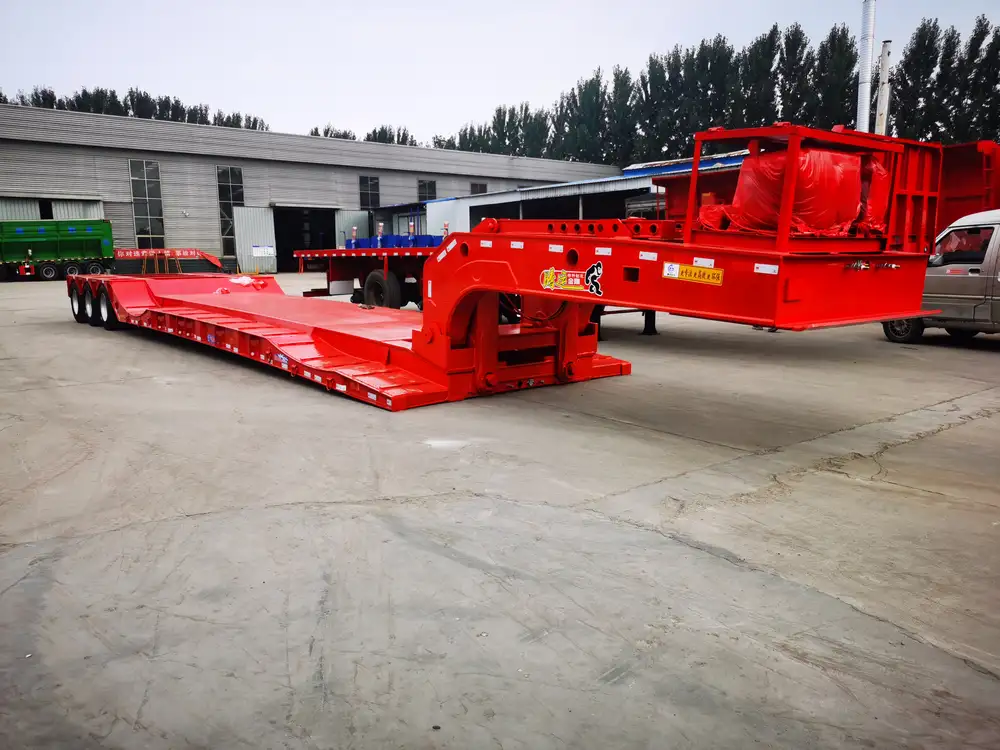
Upgrade Options
- Retrofitting EBS: Upgrade existing air brake systems with electronic controls for improved performance.
- Advanced Materials: Use high-quality materials for longer-lasting brake components.
- Sensor Integration: Incorporate additional sensors for better monitoring and diagnostics.
Troubleshooting Common Brake System Issues
Identifying and addressing brake system problems promptly can prevent accidents and costly repairs. Below are common issues and their solutions.
Brake Fade
Cause: Overheating of brake components due to excessive use. Solution: Install high-performance brake pads and ensure adequate cooling. Regularly inspect and replace worn components.

Air Leaks
Cause: Damaged or worn brake lines, fittings, or reservoirs. Solution: Conduct routine inspections to detect leaks early. Replace faulty components immediately to maintain system integrity.
Uneven Brake Wear
Cause: Improper slack adjustment or uneven load distribution. Solution: Regularly adjust slack adjusters and ensure even load distribution across axles.
Slow Brake Response
Cause: Air pressure issues, such as low compressor output or air leaks. Solution: Check and service the air compressor, inspect brake lines for leaks, and ensure air reservoirs are functioning correctly.

Ensuring Compliance with Brake System Regulations
Compliance with safety standards is non-negotiable in the trucking industry. CarMax Vehicle ensures all our brake systems meet or exceed regulatory requirements.
Key Regulations
- Federal Motor Carrier Safety Administration (FMCSA): Sets standards for brake systems in commercial vehicles.
- Department of Transportation (DOT): Enforces regulations on brake performance and safety.
- International Standards: Adheres to global standards for international operations.
Compliance Strategies
- Regular Audits: Conduct thorough inspections to ensure ongoing compliance.
- Up-to-Date Components: Use only approved and certified brake components.
- Training Programs: Educate drivers and maintenance personnel on regulatory requirements and best practices.
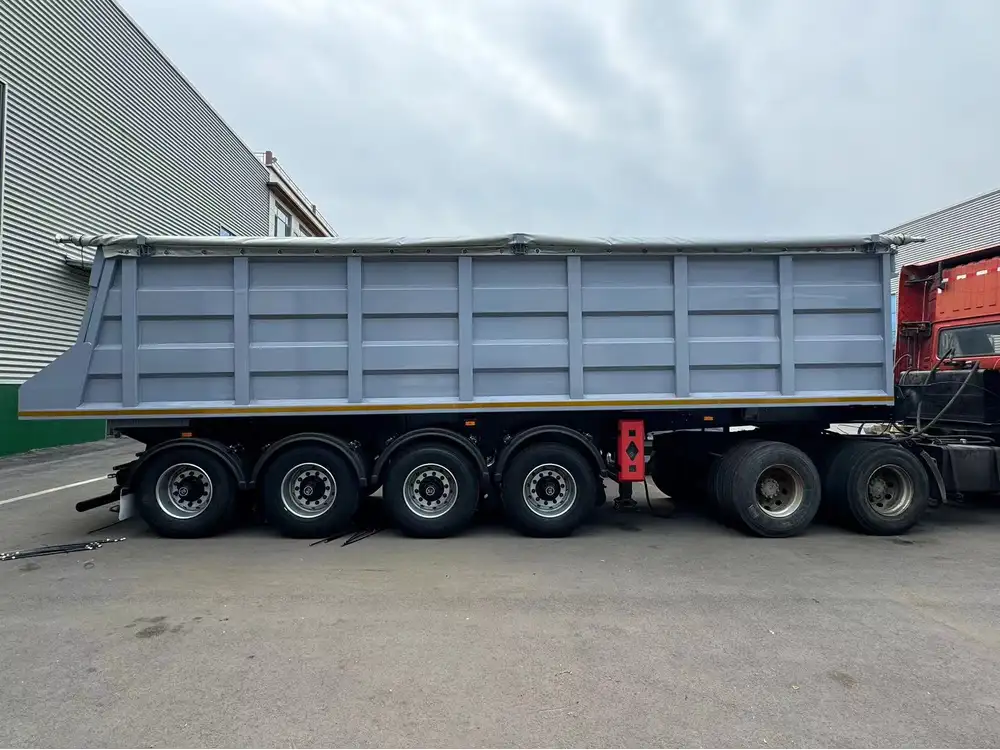
Benefits of Choosing CarMax Vehicle for Your Brake Systems
At CarMax Vehicle, we pride ourselves on delivering top-tier brake systems tailored to your specific needs. Our commitment to quality, innovation, and customer satisfaction sets us apart in the industry.
Why Choose Us?
- Expertise: Decades of experience in manufacturing and maintaining heavy-duty brake systems.
- Quality Assurance: Rigorous testing and quality control to ensure reliable performance.
- Customization: Tailored solutions to meet the unique demands of your fleet.
- Support: Comprehensive customer support and maintenance services.
Our Product Offerings
| Product | Description | Benefits |
|---|---|---|
| Heavy-Duty Air Brakes | Durable and reliable for various trucking applications | Enhanced safety and performance |
| Electronic Brake Systems | Integrated electronic controls for superior braking efficiency | Improved diagnostics and control |
| ABS Brake Systems | Advanced anti-lock technology for maximum safety | Prevents wheel lock-up and enhances maneuverability |
| Retrofitting Kits | Upgrade existing brake systems with the latest technology | Extend the life and capabilities of current fleets |
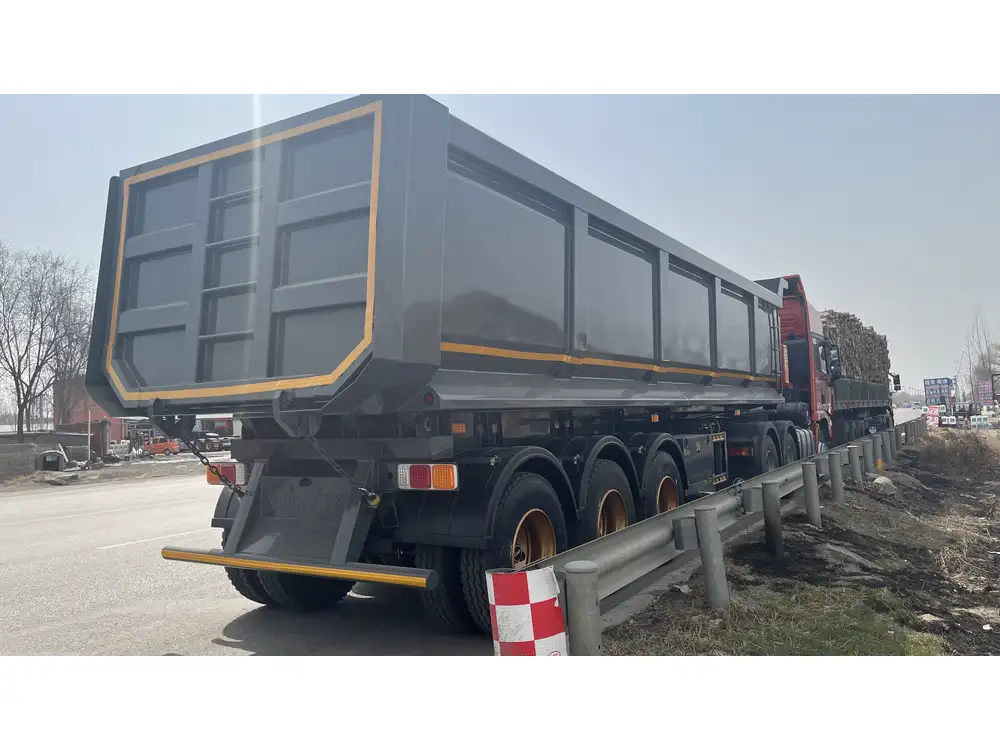
Future Trends in 18 Wheeler Brake Systems
The transportation industry is continually evolving, and so are brake systems. Here’s what the future holds for 18-wheeler brake technology.
Autonomous Braking Systems
As autonomous driving becomes more prevalent, brake systems will integrate seamlessly with self-driving technologies to ensure optimal safety and efficiency.
Sustainable Materials
The shift towards sustainability will drive the use of eco-friendly materials in brake systems, reducing environmental impact without compromising performance.
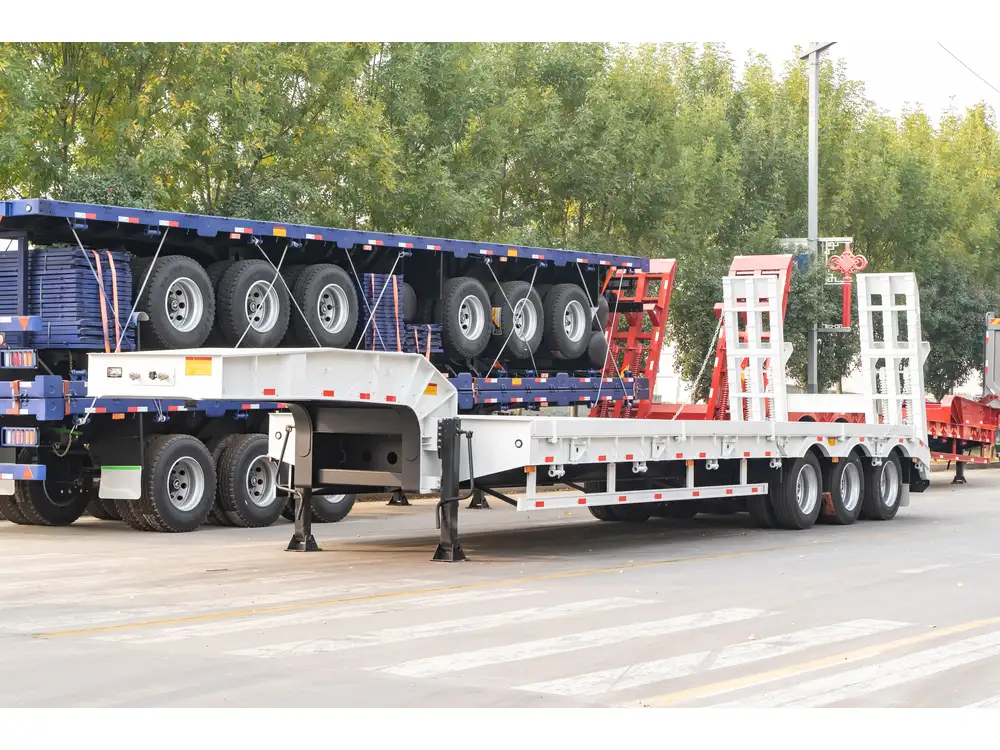
Enhanced Connectivity
Brake systems will increasingly incorporate IoT (Internet of Things) technologies, allowing for real-time data analysis and predictive maintenance to prevent failures before they occur.
Lightweight Components
Advancements in materials science will lead to the development of lighter brake components, improving fuel efficiency and reducing overall vehicle weight.
Conclusion
The brake system is the cornerstone of any 18-wheeler’s safety and performance. At CarMax Vehicle, we are dedicated to providing state-of-the-art brake solutions that meet the highest standards of reliability and efficiency. Whether you require standard air brakes, advanced electronic systems, or specialized braking solutions, our expertise ensures your fleet remains safe and competitive on the roads.

Frequently Asked Questions
1. How often should I inspect my 18-wheeler’s brake system?
It is recommended to perform a basic visual inspection before every trip and conduct a thorough professional inspection at least once every two weeks. Regular maintenance checks help identify and address potential issues early, ensuring optimal brake performance.
2. What are the signs that my brake system needs repair?
Common signs include unusual noises during braking, reduced braking efficiency, the brake pedal feeling soft or spongy, and visible leaks in brake lines or components. If any of these symptoms arise, it is crucial to seek professional maintenance immediately.
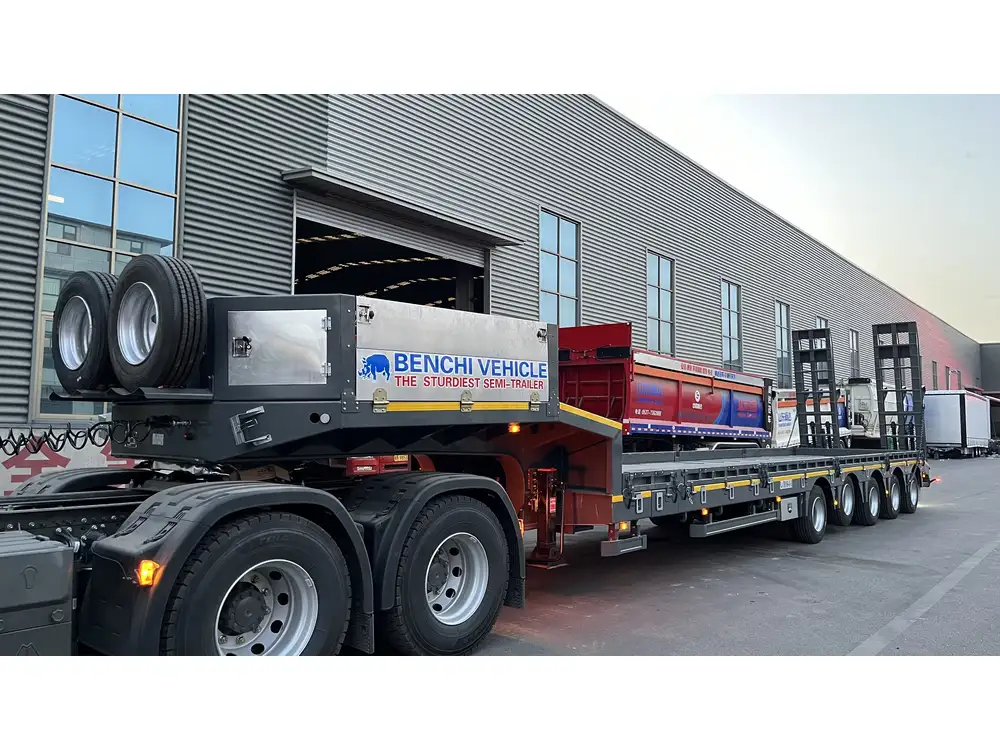
3. Can I upgrade my existing brake system to an electronic braking system?
Yes, retrofitting your existing air brake system with an electronic braking system (EBS) is possible. This upgrade can enhance braking performance, provide better diagnostics, and improve overall safety. Consult with our experts at CarMax Vehicle to determine the best solution for your fleet.
4. What maintenance practices can extend the life of my brake system?
Regular inspections, timely replacement of worn components, proper lubrication, and ensuring correct slack adjuster settings are key practices. Additionally, maintaining optimal air pressure and addressing any leaks promptly can significantly extend the lifespan of your brake system.
5. How do ABS brake systems benefit my 18-wheeler?
Anti-lock Braking Systems (ABS) prevent wheel lock-up during braking, which helps maintain traction and steering control. This reduces the risk of skidding and improves overall safety, especially in adverse weather conditions or on slippery roads.
At CarMax Vehicle, we are committed to enhancing the safety and efficiency of your fleet through innovative and reliable brake systems. Contact us today to learn more about our products and how we can help optimize your 18-wheeler’s performance.



